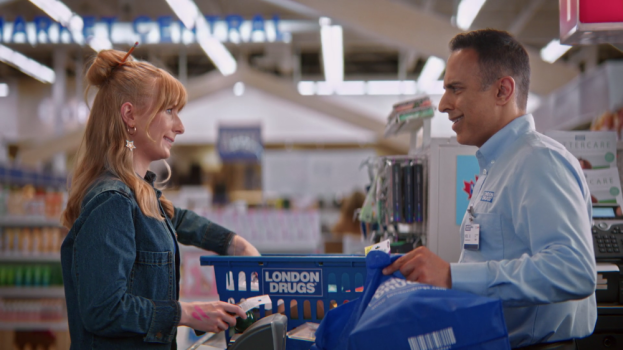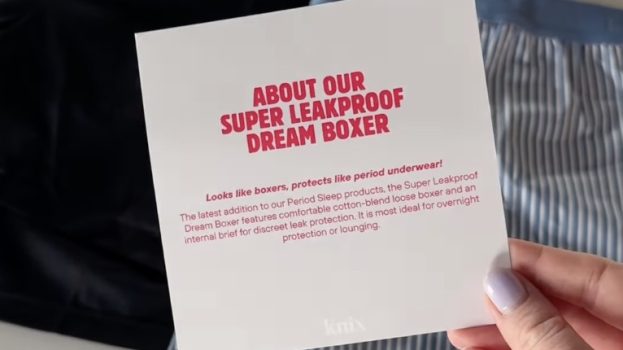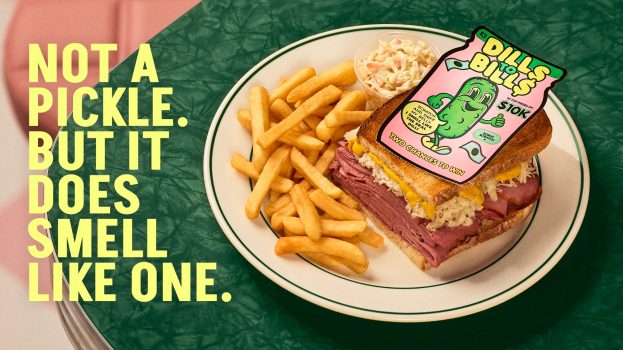RBC’s Blue Water Project to protect fresh water around the globe is the bank’s biggest CSR commitment, but to increase awareness of the work, it took on a new, hyper-local approach that made employees the stars.
RBC first established the Blue Water Project in 2007 with a 10-year, $50 million commitment, giving grants to local organizations and funding projects being taken on by employees at local branches. The bank has used a variety of tactics to promote the project in the past, from traditional creative campaigns to partnerships with groups like the National Geographic Society. Matt McGlynn, director of brand marketing at RBC, says the bank needed a “paradigm shift,” looking back at all of its efforts over the past seven years with its agency partners to determine what has worked and what hasn’t.
“Fresh water protection isn’t always top of mind, especially in Canada where most people think it’s not a huge issue, so it’s been difficult at times,” McGlynn says. “The biggest thing for us is we’ve been doing these makeovers for three years, but no one knows about them. So we had to be honest about things that needed to change and what would deliver the most impact on the issue we’re trying to address.”
They landed on three key elements: simplifying the message around the project, making employees the stars in the spot and taking a localized, targeted approach to tell the story.
“The expectation for us, as a bank, is that we invest in community through donations and sponsorship,” McGlynn says. “This shows more than the monetary impact. Showing our employees out there makes us feel more humble and comfortable telling those stories.”
At the end of May, BBDO Toronto developed “Stream to Save,” a mobile site that simply played sounds recorded at Canadian bodies of water, with RBC donating a minute of volunteer time from one of its employees for every minute someone spent streaming the sounds. On June 4, dubbed “Blue Water Day,” those hours were put to use at events in cities across the country, including Toronto, Montreal, Vancouver as well as Calgary, and was handled by Mosaic and its digital arm AMG.
Each event used a different method to help preserve and protect a large local body of water (planting community gardens to reduce pollution in Toronto for Lake Ontario, a garbage clean-up in Montreal for the St. Lawrence River and partnering with the Telus Spark science museum to clean the Bow River shoreline in Calgary). In Vancouver, RBC took a different approach, partnering with local science centre Science World to educate local children about what they can do to help conserve water.
Videos recording the events were posted at the end of June with a highly-targeted media buy and social push through the end of July. The bank targeted hyper-local sites like Toronto Life and The Georgia Straight, and worked with regional marketing managers to determine which regions would respond to the stories by referencing where grants were going and where makeover projects were happening. In branches, a retail play promoted the results of Blue Water makeovers that happened nearby.
[iframe_youtube video = “Twg4exVjH7M”]
“Instead of doing TV and out-of-home leading into the campaign, we instead amplified out of the back-end, rushing to make sure we captured these stories and putting emphasis on how we served them up,” McGlynn says.
The campaign earned over 3.4 million impressions on YouTube and 2.3 million views on Facebook. M2 handled the media buy. McGlynn says the results from Blue Water Day will likely lead to the bank adopting this local approach and simplified message for its other CSR and community outreach work in the future, starting with the bank’s involvement with the 2016 Summer Olympics, which is currently being planned.
“The expectations are a lot higher when you’re pushing out locally-focused content, it’s not a straight easy media buy like it has been historically,” McGlynn adds. “As marketers, we’re starting to head in that direction where we have to roll up our sleeves when you’re getting highly targeted like this, because it’s a lot of extra work to be strategic and targeted with our stories.”
























